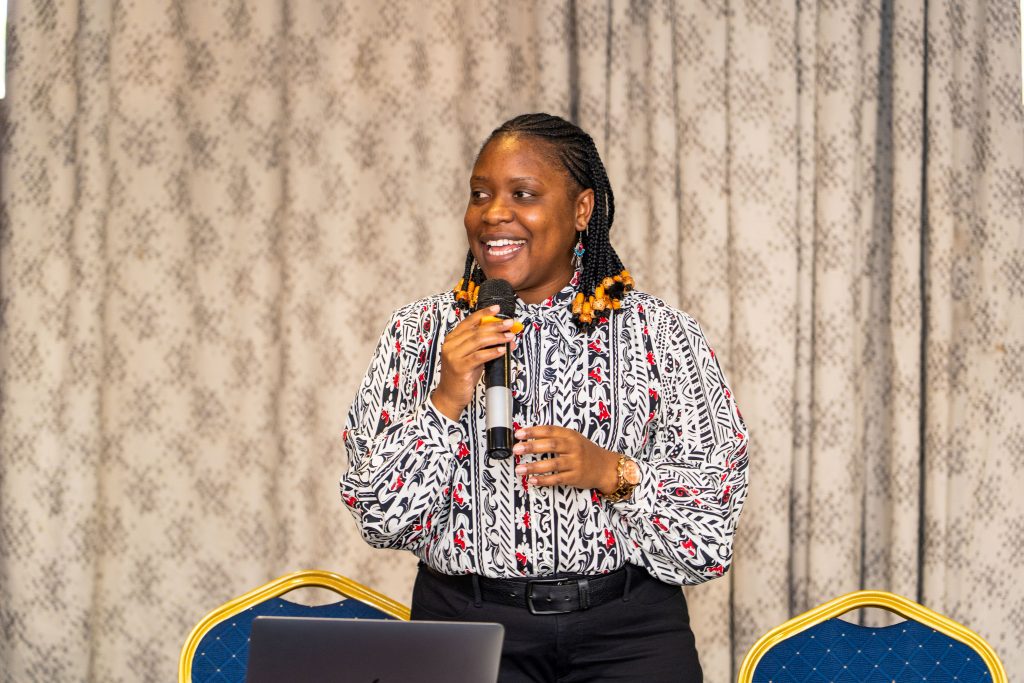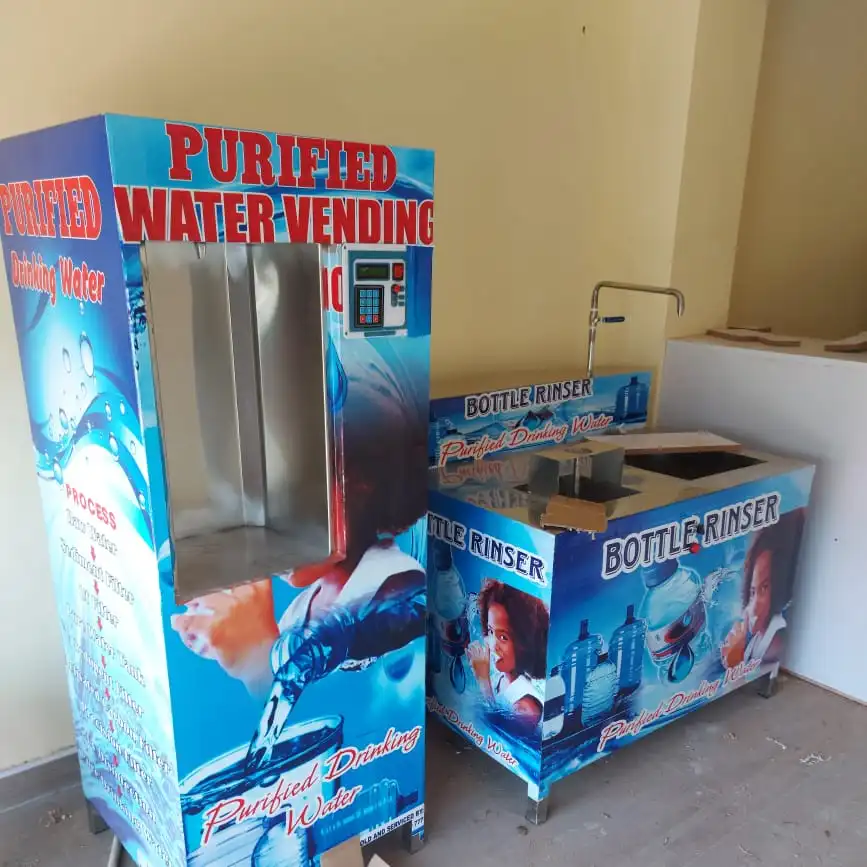By Milliam Murigi
For years, Edwin Mwangi, a 36-year-old father of two from Ruai, spent part of his weekly budget buying cartons of bottled water.
In an area where clean and safe drinking water is hard to come by, bottled water seemed like his only trustworthy option.
“I didn’t have faith in the water sold by donkey vendors. So, I preferred buying bottled water in bulk, even though it was expensive.”
Each week, James would spend about Sh1,500 on bottled water, leaving behind a trail of plastic waste. However, today, that story has changed. Thanks to several new water refilling stations established across Ruai where he lives, he no longer buys bottled water. Instead, he refills his reusable bottle with clean, filtered water just a short walk from his home.
“The only thing I had to buy was a dispenser and a long-lasting refillable bottle. Now I don’t worry about plastic waste or unsafe water. It’s cheaper with a liter going for five shillings only and more convenient,” he says.
These stations, which allow customers to refill reusable bottles instead of buying new plastic ones, are emerging as a simple yet powerful solution to reduce single-use plastics while also contributing to the fight against climate change.
And it’s not just water. Across towns and estates, milk and cooking oil ATMs are gaining popularity too, allowing customers to buy what they need using reusable containers. These innovations are also promoting the refill and reuse concept, helping to cut plastic waste at the household level.

According to Dorothy Otieno, a program officer in charge of plastics and waste management at the Center for Environment Justice and Development (CEJAD), refill stations offer a practical alternative to bottled water, which remains a major source of plastic waste.
“In the beginning, when we were discussing plastic pollution, one of the challenges was accessibility of water,” says Otieno. “An excuse for using plastic bottles was that clean water wasn’t accessible. Now that we have refill stations, there’s really no excuse. All we have to do is walk with a reusable bottle and take advantage of those resources.”
However, despite their promise, the adoption of refill stations remains low. Concerns over the safety and quality of water dispensed from such facilities have slowed their uptake among Kenyans. Otieno notes that safety standards must be clearly defined and enforced to win public trust.
“We have to question the sources of water and how it’s being stored. Water refilling should be handled with the same care as food production. There should also be standards for the equipment to ensure they don’t introduce toxicity. Once these measures are in place, people will feel confident about refilling rather than buying bottled water,” she says.
Otieno adds that this idea will work only if people remember to carry their bottles. Even if refill stations are available but people still buy single-use bottles because they forgot theirs, the impact will be limited. However, if implemented well and scaled to other countries, it can significantly reduce plastic pollution.
According to Otieno, cutting plastic pollution means tackling climate change at its source. The reason is that plastic pollution is closely intertwined with climate change. 99 percent of plastics are made from oil and gas, meaning every stage of their lifecycle, from production to disposal, contributes to greenhouse gas emissions.
“By reducing plastic production, we reduce oil and gas exploration and burning. That means fewer emissions and less contribution to climate change. Whether we like it or not, cutting plastic use directly reduces greenhouse gas emissions,” she says.
According to her, every litre refilled means one less plastic bottle in the environment, a small action with a big impact. Each avoided bottle translates into fewer emissions from plastic production, packaging, and transport. Beyond reducing waste, the refill and reuse culture represents a shift toward more sustainable consumption and is, in itself, climate action in practice.
To ensure this culture is embraced across Kenya, Greenpeace Africa recently brought together environmentalists, government officials, and private sector representatives for a multi-stakeholder workshop. The meeting sought to develop policy recommendations that would make refill and reuse models viable, scalable alternatives to single-use packaging in the country.
“Refill and reuse is not just an environmental necessity, it’s an economic opportunity,” said Gerance Mutwol, Plastic Campaigner at Greenpeace Africa. “If supported through strong policies, these systems can cut waste, save resources, and create new green jobs.”
These recommendations will be formally handed over to the government during the upcoming refill and reuse summit scheduled for later this month, where stakeholders are expected to chart a national roadmap for expanding refill systems and integrating them into Kenya’s circular economy agenda.
According to Mutwol, Kenya has made progress in banning single-use plastics, but more needs to be done to promote sustainable alternatives. Communities like Ruai are showing that refill and reuse models work. Now,the government must help scale them up.






